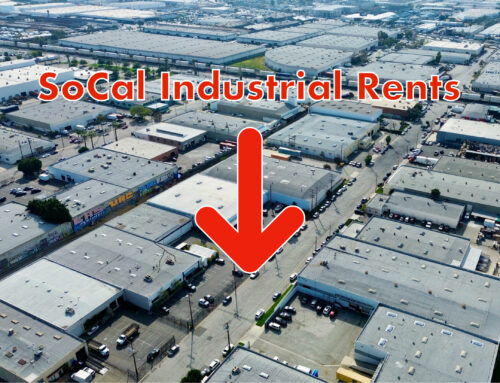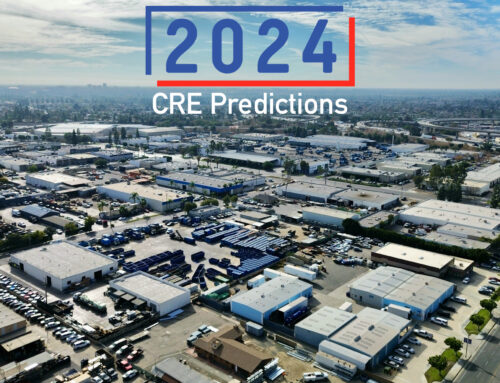Commercial real estate prices showed modest gains in August after sustaining losses in the early months after the U.S. coronavirus outbreak, according to the latest monthly CoStar Commercial Repeat Sale Indices. Even so, both indices show prices remain below pre-pandemic levels.
The equal-weighted U.S. Composite Index, which reflects the more numerous but lower-priced property sales typical of secondary and smaller markets, ticked up 0.2% in August. But it was still down 2.3% from its pre-pandemic peak reached in March.
Meanwhile, the value weighted U.S. Composite Index, which reflects larger asset sales common in major markets, rose 1.4% in August but was still down 0.4% from its April pre-pandemic high.

August sales continued to show a dramatically reduced number of deals during the pandemic.Transactions totaled $56.2 billion in the eight months ending in August, down 40.8% from the same time in 2019 as investors remained cautious in an uncertain economy.
There was also continued deceleration in deals across the size and building-quality spectrum. Deals were down 45.9% in the investment-grade segment and 28.4% in the general commercial segment in the first eight months of 2020 compared to the same period in 2019.
Lower levels of construction this year have mitigated some of the downside pressures. New construction across the three major property types — office, retail and industrial — are projected to total 525.6 million square feet in the 12-month period ending in September, down 3.6% from the 12-month period that ended in September 2019.
The subdued construction levels going into a downturn may help to blunt the impact of weaker demand on vacancy rates.
CoStar’s sales indices provide the market’s first look at commercial real estate pricing trends. Based on 823 repeat sale pairs in August and more than 230,445 repeat sales since 1996, the CCRSI offer a broad measure of sales activity. When a property is sold more than once, the price change from the pair of first and second sales are used to calculate price movement, and those sales pairs are used to create a price index.
source: https://product.costar.com/home/news/43287245






